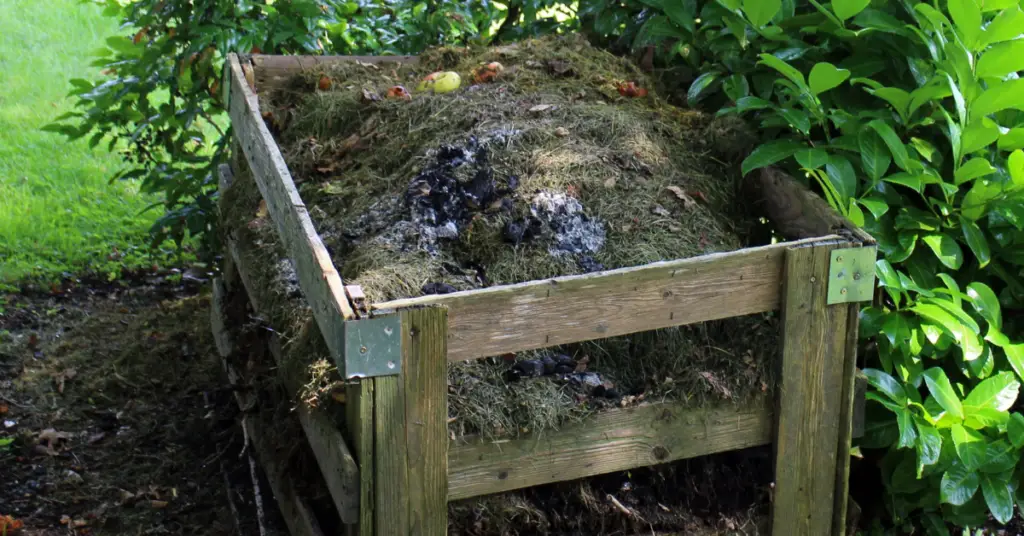From t-shirts to cosmetic cotton pads, cotton is used widely. It is strong, soft and breathable – making it a great option for many different products in your home and wardrobe. Cotton is biodegradable (and recyclable in some facilities) which may lead consumers to believe it is an eco-friendly material. However, the way it is produced could be deemed as extremely damaging to the environment. Here, we look at some of the main elements in cotton production that impact the environment negatively…
So, is cotton environmentally friendly?
Cotton requires large amounts of water

Cotton requires a vast amount of water – in both the growing and production stages. It is estimated that it can take up to 3000 gallons of water to make a single t-shirt and a pair of jeans can require a whopping 10,000 to 20,000 gallons of water in production. Quite incredible figures. The WWF predict that by 2025 two-thirds of the global population may face water shortages if we carry on using water the way we do currently. The conventional production of cotton contributes significantly to this concerning prediction.
Chemical pesticides needed in cotton production
Pesticides – chemicals used to kill pests such as insects – are used widely when growing cotton. In fact, the cotton industry is estimated to be responsible for one-sixth of all chemical pesticides used worldwide. Although it should be noted that some countries use more pesticides than others. Pesticide use is not uniform amongst countries.
Pesticides can find their way into waterways and harm aquatic wildlife and pollute soil. They decrease the quality of the soil and reduce plant growth. Wildlife may also have to relocate, or may even starve, if their food source has been sprayed with pesticide. Several examples are available that show the ways that animals, other than the intended pest, are affected.
Pesticides also have a devastating human impact. Pesticide use results in a high death rate globally. There are approximately 1000 deaths every single day (!) due to acute pesticide poisoning, but several more people suffer from exposure-related conditions including cancers and neurological conditions.
Synthetic fertilizers used
Cotton requires a significant amount of nitrogen-based synthetic fertilizer to grow optimally. According to the Organic Trade Association (OTA) it takes nearly a third of a pound of fertilizer to produce just a single t-shirt. Scientist also claim that those fertilizers used in cotton production are the most harmful to the environment. They can run into water bodies, such as rivers and streams, and affect the delicate ecosystems that exist. They can even cause dead zones in the water bodies that they end up in – these contain a much decreased level of oxygen.
The production, and use, of nitrogen-based fertilizers also contribute to the greenhouse gas emissions from the agricultural industry. This is a particular concern due to their link with climate change.
The cotton dying process uses chemicals
Dying your cotton garments also uses a myriad of toxic chemicals. Nonylphenols (NPs), an alkylphenol compound, is used extensively in the textile industry. This can be particularly harmful to aquatic life. NPs build up in their body tissue and increase in concentration as it moves up the food chain – a process called biomagnification. This can affect the aquatic species hormonal balance. NPs have a structure similar to that of estrogen, causing havoc with the sexual development of some species.
The dying process, in general, causes extensive water pollution – it is the second biggest cause of water pollution globally behind agriculture. Chemicals, such as sulfur and heavy metals, are pumped into the water surrounding the textile dying factories. Some chemicals result in the depletion of dissolved oxygen present in water – the suspended matter in the water decreases the sunlight getting to photosynthesizing species. Since oxygen is vital for aquatic wildlife this has a drastic effect on their survival ability.
Cotton is biodegradable

Despite all the cotton-bashing, it is not all bad! Cotton is biodegradable and is great to add to the compost heap. However, it comes with certain caveats! Ensure that it is 100% cotton. Often fashion garments are made from blended fabrics and cosmetic pads can have a surface coating to help them maintain their shape. This can affect compost-ability if the cotton is mixed with something that will not biodegrade. It can be the case that a pure cotton t-shirt, for instance, can have a non-cotton thread. These can simply be picked out the compost pile before use.
(Perhaps stating the obvious here but also ensure that you remove any obviously non-cotton components. Buttons, elasticated waistbands and zips will not compost!)
The bottom line
Cotton is one of the least eco-friendly fabrics out there, despite being biodegradable. As well as using a vast amount of water, pesticides are used by most farmers in the production process – these unfortunately harm different wildlife species, not just the pest that they are targeting. The environmental impact of cotton does not mean you need to avoid it entirely. Simply make the best use of your cotton items – use them until they are no longer usable, donate them to charity or sell them to expand their life.








